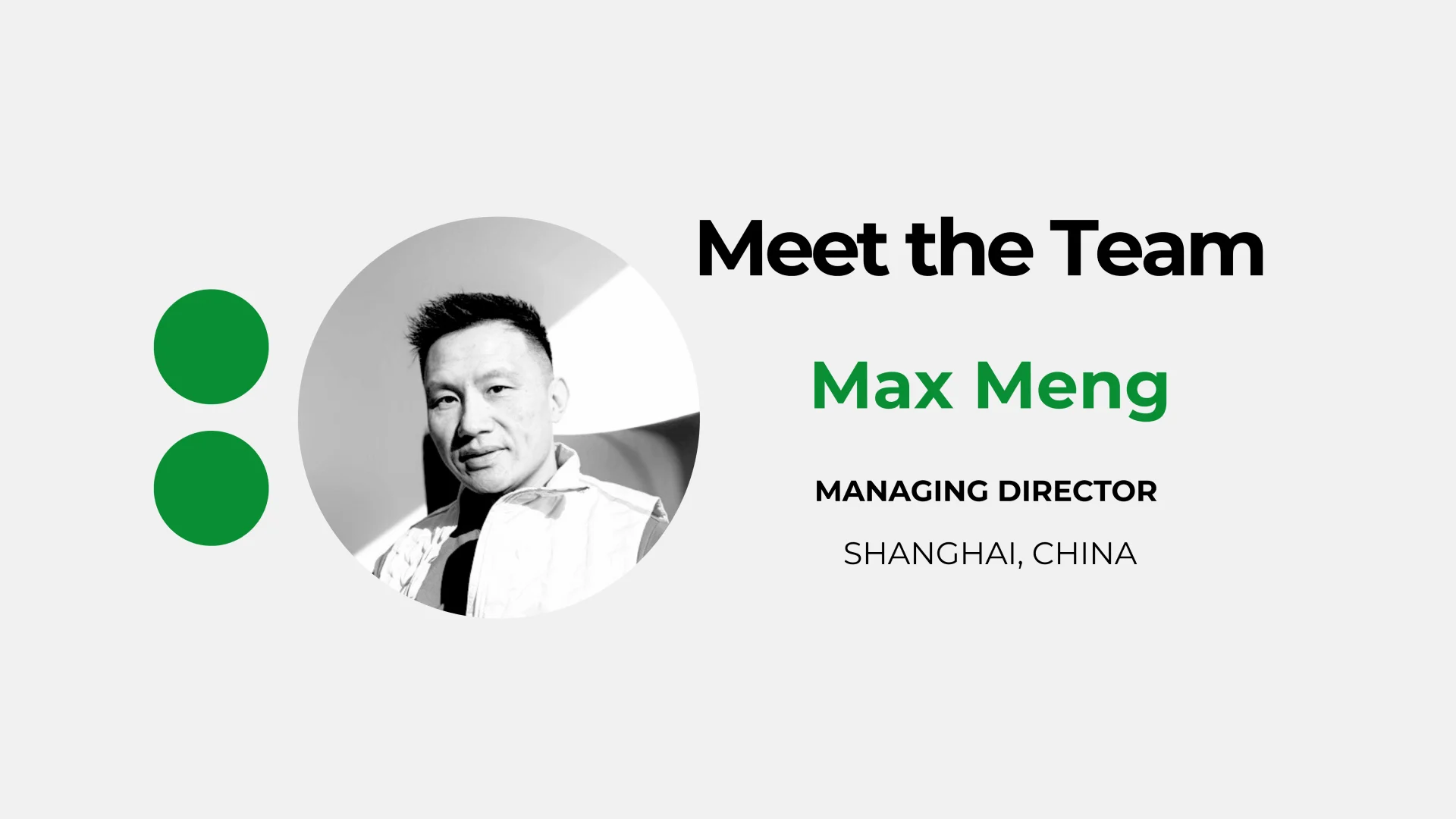
The Story
Behind
Celebrating Nine Years of Innovations and Collaborations with our customers
As we mark the ninth anniversary of Re:Down, we reflect on our journey and the transformative impact we have had on the recycled down and feather market. Our mission was clear from the start: to transform down filling production through sustainable practices. This article delves into the reasons behind the creation of Re:Down, the challenges we faced, and how we’ve managed to participate in disrupting the down filling industry.
The Birth of Re:Down: a vision for sustainable down filling to RE-imagined the world of down!
Nine years ago, after spending years in the textile industry and witnessing the significant waste it generated, we identified a growing demand for sustainable products in the fashion and sport industry. At that time, the concept of recycled down was virtually nonexistent. The industry primarily relied on virgin down and feathers, leading to considerable environmental impact due to waste and the continuous extraction of new raw materials.


Recognizing this opportunity, we were driven by the belief that unused materials should be upcycled into valuable new products rather than ending up in landfills. This belief laid the foundation for Re:Down. As Eric, one of our founders, recalls,
This insight became the driving force behind the creation of Re:Down.
Pioneering Sustainability in Down Filling
From the outset, we faced significant challenges. The process of recycling down and feathers was not well-established, requiring us to develop new technologies and methods to bring our vision to life. We invested heavily in research and development, collaborating with partners like Iteratif* to set up automated machines in Europe and Asia. These machines were designed to process old down puffer jackets without damaging the down and feathers, ensuring high-quality recycled products with minimal fiber contamination.
One of our key innovations was the introduction of the Down Circularity Standard, which set a benchmark for recycling down and feathers without compromising quality. By establishing this standard, we not only enhanced our operations but also encouraged the broader industry to adopt more sustainable practices.
This process allows to harvests high quality, 100% recycled, down and feathers, preparing them for a second life, and therefore, producing traceability from post-consumer to finished, regenerated product. The final product meeting the ‘Global Recycled Standard.’**
Impact and Achievements
The world produces 92 million tons of textile waste every year (Source: UNEP https://www.unep.org), one of the biggest environmental challenges in developed countries. Down and feathers filled products, are only a fraction of this problem.
According to Textile Exchange 2023 report, in 2022 down and feathers production was 602.000 tons (Source: Textile Exchange report 2023***). Annually, approximately 5594 tons of recycled down are processed globally, diverting thousands of tons of textile waste from landfills. Our efforts, along with those of the industry, have a positive impact. However, recycled down with Global Recycled Standard (GRS) certification still represents only 1% of global down and feather production, highlighting the significant work that remains.
Today we want to thank over 50 brands around the world that trusted us with Re:Down’s quality of recycled down and integrated it into their products. Our partnerships span continents, with Re:Down supplying recycled down globally, including in Africa, Asia, North America, and Europe. This widespread reach underscores the effectiveness of our mission and the growing acceptance of recycled materials in the mainstream market for fashion apparel and sportswear.
Thank You
to all the brands across the world that trusted us with Re:Down.

How Re:Down Recycles Down
Our recycling process is both innovative and efficient. We collect old jackets and other down-filled products, such as duvets and pillows, and process them using specialized machinery like the one for puffer jackets. These machines carefully extract the down and feathers while maintaining the integrity of the materials. Textile waste is upcycled into non-woven insulation, and feather waste that cannot be reused is converted into biological fertilizer. This comprehensive approach ensures that virtually no material goes to waste.
Our goal is simple: zero waste!
Through our advanced sorting technology, we minimize fiber contamination, producing high-quality recycled down that meets industry standards. This meticulous process not only supports environmental sustainability but also provides consumers with products that do not compromise on performance or comfort —key attributes for eco-friendly sports, apparel and sustainable fashion collections.
Looking Ahead
Despite our significant achievements, we recognize that the journey is far from over. The sports apparel and fashion industries still have a long way to go in adopting recycled materials on a larger scale. However, the progress we have made offers a glimpse of what is possible. By continuing to innovate and push the boundaries of sustainability, we aim to increase the percentage of recycled down in global production, contributing to a more sustainable future.
Through our efforts, Re:Down has not only contributed to disrupte the down and feather market but also set new standards for sustainability.
Our story is one of vision, perseverance, and innovation. As Tae, one of our founders, reflects:
Re:Down’s success over the past nine years is a testament to what can be achieved with a clear vision and a commitment to sustainability. As we continue to grow and evolve, we hope to inspire more brands and companies to adopt sustainable practices and contribute to a more sustainable world.
RE:Down®: Because We daRE. We are RE:down®.
You can register here for more updates as we continue our journey toward a greener future: register here.
For more information about our innovative recycling process, check our recycling down page or contact us via email: contact@re-down.com.
* Iteratif : https://www.iteratif.com
** Global Recycled Standard : https://www.scsglobalservices.com/services/global-recycled-standard
*** Textile Exchange report 2023 https://textileexchange.org/knowledge-center/reports/materials-market-report-2023/ .







